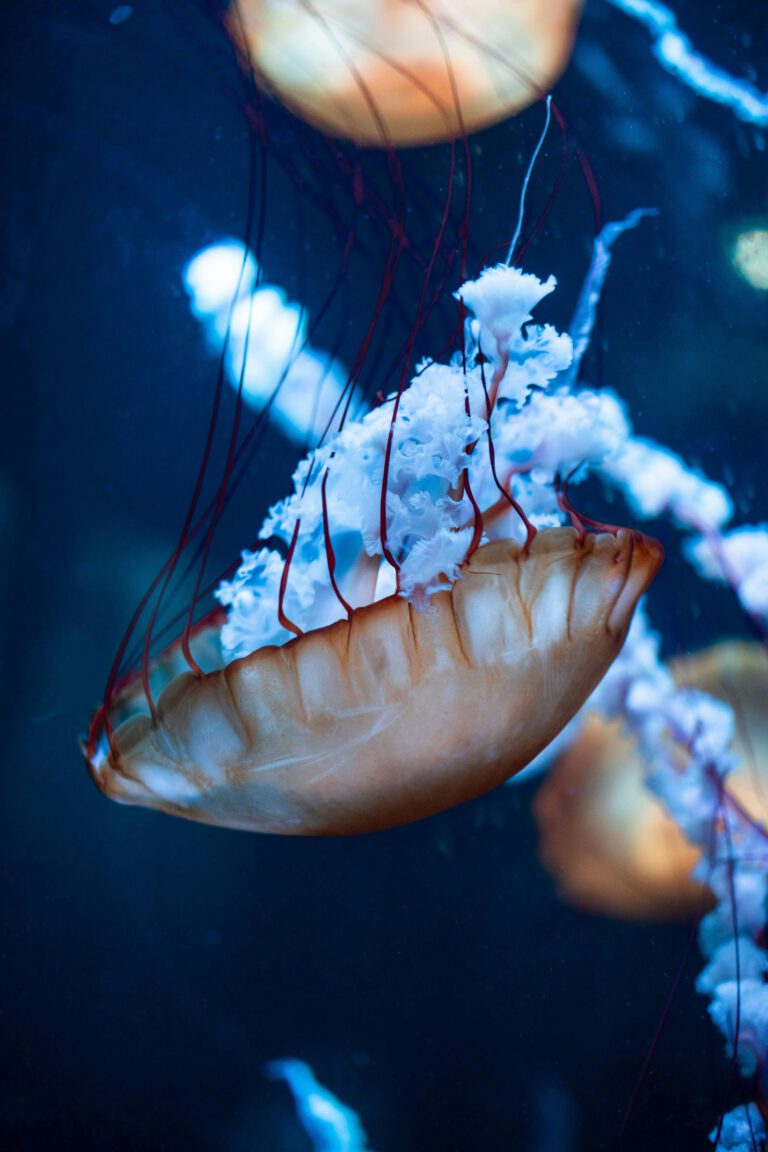Common Limpet (Patella vulgata)

Common Limpet (Patella vulgata) – schaalhoren
-
Taxonomy: The Common Limpet (Patella vulgata) belongs to the Patellidae family. These creatures are marine gastropods, closely related to snails. Unlike other mollusks, they have simple conical shells and powerful suction abilities.
-
Species Overview: Patella vulgata is a widespread species found in the intertidal zones of the northeastern Atlantic, mainly along Europe’s coastlines. They are easy to recognize by their low, oval shells, which vary in color but often have a grayish, weathered look.
-
Habitat: Limpets thrive in the harsh, ever-changing conditions of rocky shores. During low tide, they cling tightly to rocks to retain moisture. High tides bring them new feeding opportunities, as they graze on the algae covering the rocks.
-
Diet: Limpets are herbivores. They use their specialized radula, a tongue-like organ with tiny teeth, to scrape algae from rocks. This feeding action keeps the algae population in check and helps maintain the balance of the coastal ecosystem.
-
Reproduction: Common Limpets have a unique reproductive system. They are sequential hermaphrodites, meaning they change from male to female during their life. They spawn in late winter, releasing eggs and sperm into the water where fertilization occurs.
-
Adaptations: One of the limpets’ most notable survival tactics is their ability to “home scar.” Each limpet has a specific rock location where they return after feeding. By grinding their shell edge into the rock, they create a “scar” that matches their shell. This unique fit helps prevent water loss, allowing them to survive low tides.
-
Ecological Role: The Common Limpet plays a critical role in marine ecosystems. By consuming algae, they prevent algal overgrowth, maintaining space for other species. Their activities create microhabitats for small organisms, supporting biodiversity on rocky shores.
-
Threats: Although resilient, Patella vulgata faces environmental pressures. Pollution, habitat destruction, and rising ocean temperatures impact their populations. Some regions also harvest limpets for food, which could threaten their numbers.
A Day in the Life of a Limpet
Living on the rocky shore means a limpet’s day revolves around survival. These creatures are exposed to drying air and waves crashing down on them. By clamping down tightly on rocks, they conserve water. Limpets move slowly, inching along surfaces to feed, then returning to their “scar” to wait for the next tide.
The Limpet’s Role in Coastal Health
As grazers, limpets help keep coastal environments balanced. Their scraping keeps rock surfaces clear for other marine life to settle. Without limpets, algae could dominate, reducing diversity. This ecological contribution highlights why protecting limpets is essential to marine biodiversity.
Conclusion
The Common Limpet is more than a simple shell on a rock. These remarkable creatures are part of a delicate coastal system that relies on each species to thrive. Whether you’re diving along the coast or exploring tidal pools, take a moment to appreciate the limpet’s role in keeping the shoreline alive and thriving.







